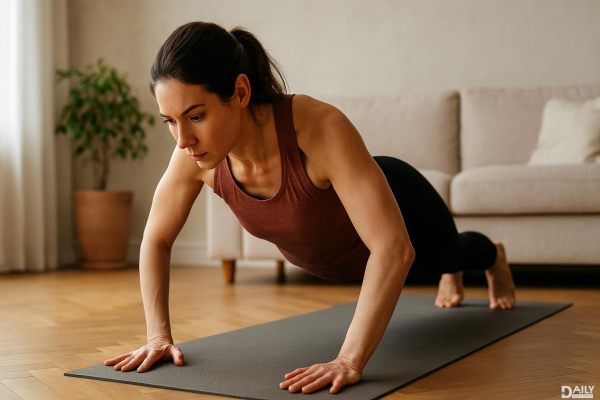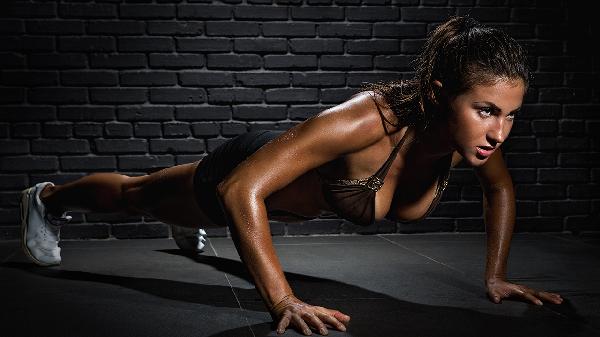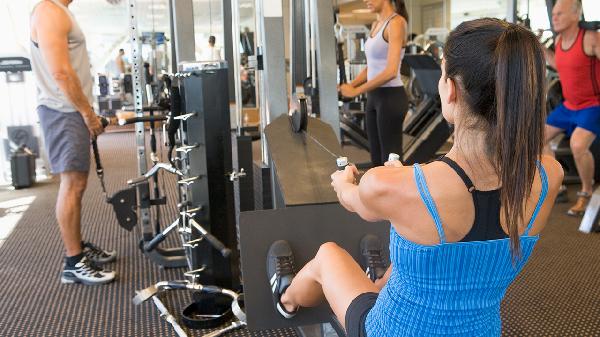If you've ever stepped into a gym or followed a home workout, chances are you've encountered lunges. These powerhouse moves are everywhere—and for good reason. They torch your lower body, challenge your balance, and can be modified in countless ways to keep things fresh. But let’s be real: nailing the perfect lunge isn’t always a walk in the park. Between wobbling like a newborn deer and wondering if your knees are secretly plotting against you, lunges can feel intimidating. Don’t worry, though—we’ve got the ultimate breakdown to help you master this move like a pro.
Why Lunges Deserve a Spot in Your Routine
Lunges aren’t just another exercise to check off your list—they’re a full lower-body blitz. Ariel Belgrave, CPT, Under Armour Athlete, breaks it down: "Lunges hit your glutes, quads, hamstrings, and calves all in one go." But here’s the kicker—they also force your core to work overtime for stability. So yeah, you’re basically getting a two-for-one deal. And despite what some skeptics say, lunges aren’t knee-killers. In fact, they strengthen the muscles around your knees, making them a smart move for joint health.
Trudie German, NASM-certified trainer and menopause wellness coach, adds that lunges are a functional exercise—meaning they mimic real-life movements like climbing stairs or stepping forward. Translation: mastering lunges means moving through daily life with more ease and fewer faceplants. Plus, since they’re unilateral (working one leg at a time), they help iron out muscle imbalances, which is key for avoiding injuries down the road.
The Secret Sauce to Perfect Lunge Form
form is everything. A sloppy lunge is basically an invitation for discomfort (or worse, injury). Here’s how to nail it:
Forward Lunge: Start standing tall, then step one foot forward, lowering until both knees hit 90-degree angles. Keep your front knee stacked over your ankle (no knee cave-ins, please) and your torso upright. Push through your front heel to return to start.
Reverse Lunge: Same idea, but step backward instead. This version is gentler on the knees and great for beginners. The key? Control the movement—no dropping like a sack of potatoes.
Pro tip from Brittne Babe, BS, CNS, CPT, CHHP: "Engage your core the entire time. Think of bracing like you’re about to take a light punch to the stomach." This keeps you stable and protects your lower back.
Level Up: Lunge Variations to Spice Things Up
Once you’ve got the basics down, it’s time to play. Here are some killer variations to keep your workouts from getting stale:
Walking Lunges: Take your lunges on the move. Step forward into a lunge, then bring your back foot forward to step into the next rep. Great for endurance and coordination.
Curtsy Lunges: Step one foot diagonally behind you (like you’re curtsying). This fires up your glutes and inner thighs like nobody’s business.
Jumping Lunges: For the brave souls who love plyometrics. Explode upward, switching legs mid-air. Just make sure you’ve mastered regular lunges first—this one’s advanced.
Lateral Lunges: Step sideways into a lunge to target your inner and outer thighs. Perfect for agility and mobility.
Common Lunge Mistakes (And How to Fix Them)
Even seasoned gym-goers slip up sometimes. Here’s what to watch out for:
Leaning Too Far Forward: If your torso’s practically parallel to the floor, you’re putting unnecessary strain on your knees and lower back. Keep your chest proud and core tight.
Letting Your Knee Cave In: Your front knee should track over your toes, not collapse inward. Think "knee out" to protect your joints.
Short-Stepping: Tiny steps mean less range of motion—and less payoff. Take a big enough step so both knees can hit 90 degrees comfortably.
Rushing the Movement: Lunges aren’t a race. Slow and controlled reps build strength and stability way better than speed.
Lunges for Every Fitness Level
Whether you’re a newbie or a seasoned athlete, there’s a lunge for you. Beginners can start with reverse lunges or even try assisted lunges (holding onto a chair for balance). Intermediate folks can add weights or try walking lunges. Advanced? Plyo lunges or weighted deficit lunges (with your back foot elevated) will take things up a notch.
And if you’re dealing with knee issues, German suggests focusing on form first. "Start with bodyweight, and only add resistance when you’re confident in your movement." You can also try isometric holds (pausing at the bottom of the lunge) to build strength without impact.
At the end of the day, lunges are a powerhouse move that deserve a spot in any fitness routine. They build strength, improve balance, and prep your body for real-life movements. So next time you’re tempted to skip leg day, remember: a little lunge love goes a long way.
























